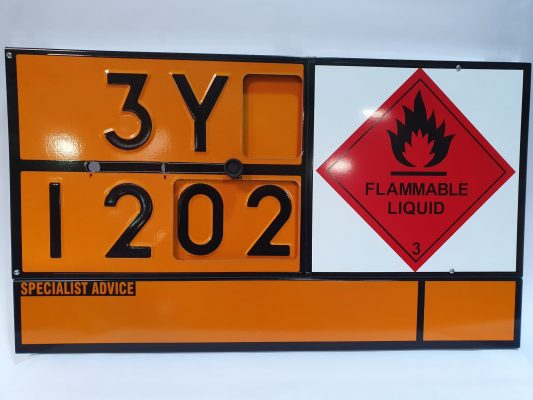It’s always a good idea for firms to ship as many packages and parcels as possible. That said, not all deliveries are equal.
 The transportation of hazardous goods comes with many other considerations. Of course, the matter of safety is the chief concern. More than travel disruptions can transpire when transporting hazardous goods around the country. The well-being of staff and the public can be at risk, and people’s jobs can be at risk if the firm takes such a reputational hit that closure is on the cards.
The transportation of hazardous goods comes with many other considerations. Of course, the matter of safety is the chief concern. More than travel disruptions can transpire when transporting hazardous goods around the country. The well-being of staff and the public can be at risk, and people’s jobs can be at risk if the firm takes such a reputational hit that closure is on the cards.
Consequently, there’s no room for half-measures here. Keep reading for some things you might want to consider when transporting hazardous goods.
Improve Inventory Management
You can’t transport hazardous goods effectively without the proper equipment in place. Therefore, you should revisit your inventory, evaluate its capabilities, and make improvements where necessary.
When should staff be wearing PPE, and is there enough? Supplies have run short in the past, and the government has been accused of inaction on multiple occasions. Therefore, additional measures and backup plans are recommended. Spill management kits should also be provided, along with spares. Custom-sized plastic and steel corrosion-resistant chemical transport boxes may be required too.
Chemical reactions should also be closely considered, and incompatible stock should never be transferred together. Each product should be classified and segregated based on its properties. Ensure all packages of hazardous goods are correctly labelled to prevent dangerous mixups.
Perform A COSHH Risk Assessment
Risk assessments are mandatory when it comes to transporting hazardous goods. You and your colleagues must be fully devoted to that process.
HS Direct can support you with all your COSHH Risk Assessment needs. It stands for the Control of Substances Hazardous to Health Regulations 2002 (COSHH).2002 They provide a template covering everything you need to know, from possible hazards and their classification to identifying those at high risk of exposure and any control measures a competent person must implement. Some of these are tailored to specific chemicals, too, allowing you to refine measures more closely.
Adhering to the COSHH risk assessment ensures that you’ve done everything in your power to protect employees, contractors, and anyone else working with hazardous materials from harm. No stone can be left unturned with compliance and well-being, so having those assurances of quality bode well for future transportation efforts. Moreover, the template is free; you only need to fill out a short form to start. There’s no excuse for falling short here.
Review Driver Conduct
Fleet drivers should act responsibly with all packages in their care. Still, hazardous goods will obviously require more attention to detail.
The conduct of your fleet drivers is vital. They should happily adorn warning vests that illustrate to passersby that they’re dealing with hazardous goods. Drivers should also be trained to use eye-rising liquids and fire extinguishers in an emergency. Approaching their Dangerous Goods Safety Adviser if they have any questions is vital, too.
Fleet drivers can’t be half-hearted about these obligations. Depending on the size of the risk, some firms bypass recruiting their own drivers entirely and instead outsource these duties to seasoned professionals. If you don’t go that route, ensure that the drivers you depend on adopt the same high standards in their work and are constantly engaged.


.gif?rand=179)








